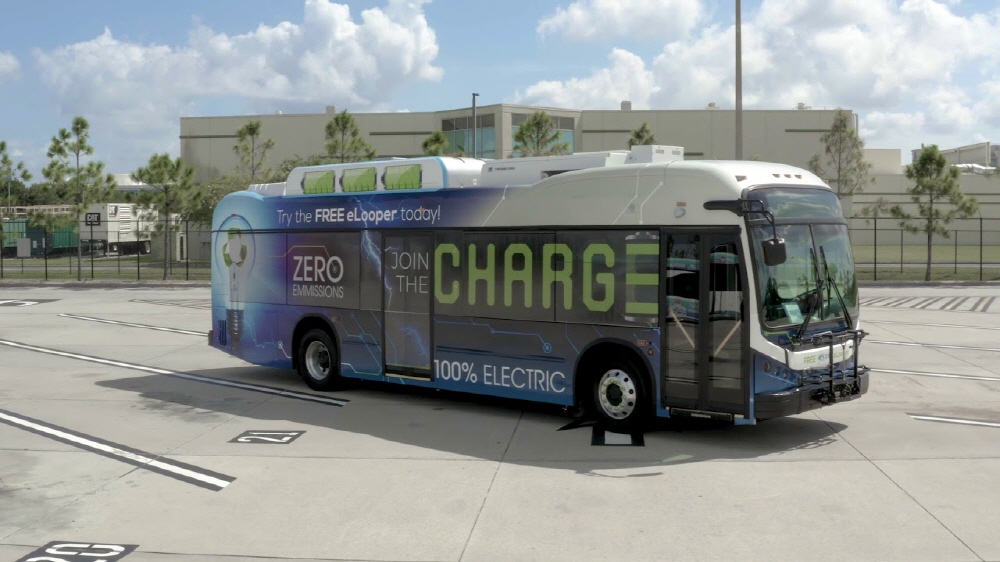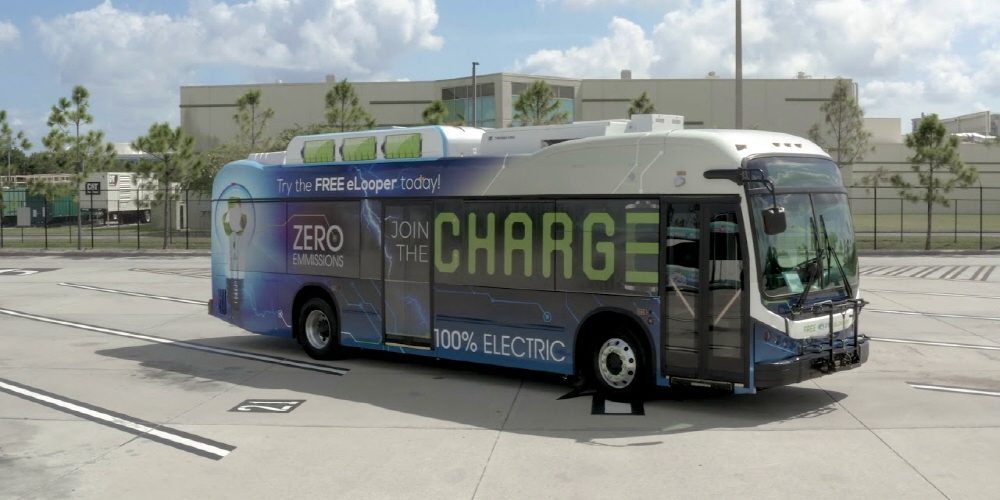
Recently, drones are being sought as a delivery method that replaces the existing system. In Australia, the Wing drone delivery service has started, and Amazon is also making efforts to realize Prime Air, a delivery service using drones. In the meantime, the Stanford University research team aims to realize a system that can save power and expand the delivery range by moving by bus.
Even now, some delivery drones have been introduced, but most of them are limited to suburbs where delivery is possible. This is why commercial drones are not allowed to fly through the city because the urban environment is dynamic and there are many unexpected obstacles.
However, a team of researchers at Stanford Intelligent Systems Laboratory (SISL) and Autonomous Systems Lab (ASL) developed an algorithm to expand the possibilities of delivery drones using buses that drive through the city. The researchers say that their approach aims to minimize the time to complete all parcels, and that combining the advantages of public transport and drones can have a great commercial benefit as well as social impact.
The method adopted by the research team is that the loaded drone flies from the delivery center and flies to a bus running near the distribution center, and when it gets close to the destination, it flies off the bus again and delivers. In addition, drones do not only ride on one bus, but also transfer to another bus.
In order to smoothly operate such an access that combines public transport and unmanned drones, it is necessary to prepare an appropriate schedule by combining available drones, individual cargo destinations, and bus timetables. The research team developed an AI algorithm that combines information on drones and cargo destinations, waiting/return delivery centers for drones, and buses traveling on a specified route to establish an optimal ride/delivery schedule.
The algorithm developed by the research team is said to be capable of handling up to 200 drones delivering 5,000 pieces of luggage. In fact, as a result of conducting a simulation modeled on the transportation systems of the San Francisco Transportation Bureau and Washington Transportation Bureau, it was found that delivery drones could expand the delivery range by 360% than before using public transportation. In addition, drones can use buses to reduce road congestion caused by delivery vehicles and reduce energy use.
This study was not actually an experiment in a city, but it was not sufficiently considered for problems such as delays or obstacles depending on the traffic conditions. The research team revealed that the main direction in the future is to estimate the impact on cost and road congestion when operating the actual framework, and to conduct a case study that considers potential external influences such as noise pollution and impact on urban communities. Related information can be found here .


















Add comment